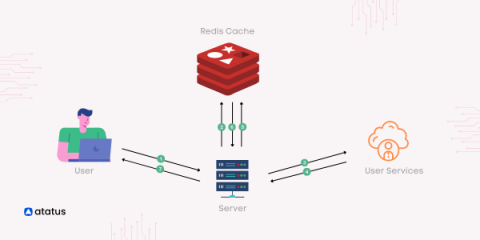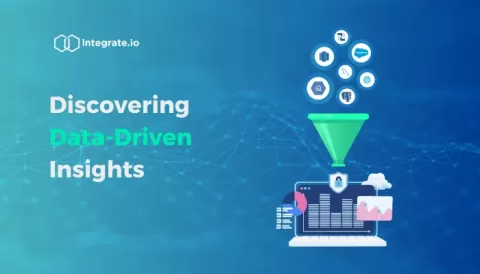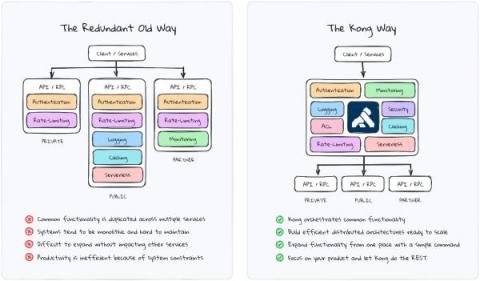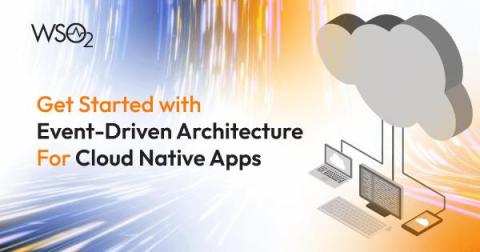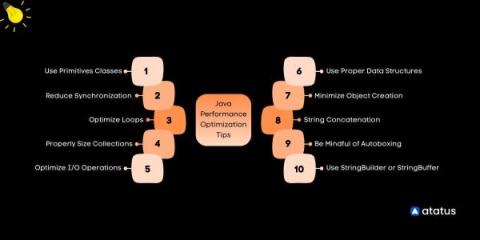Large Language Models: 3 Examples of Problems They Can Solve
Large language models (LLMs) are all the rage, fueled by the release of OpenAI's ChatGPT in late 2022, initially powered by the LLM GPT-3. Aside from the news hype, what can LLMs actually, getting-down-to-brass-tacks, nitty-gritty do for your business? Here, we’ll look at three examples of problems they can solve. But first, a quick definition of LLMs.




